Sale!
Dill Seeds (Anethum graveolens)
Dill Seeds, Dill is a versatile herb that can add both flavor and beauty to your garden. It is easy to grow with minimal care, thriving in most climates as long as it receives adequate sunlight and well-drained soil. With regular harvesting and proper pest management, dill can provide fresh leaves and seeds for culinary and medicinal uses throughout the growing season.
Out of stock
- Estimated Delivery : Up to 3 business days
- Free Shipping & Returns : On all orders over ₹550 in Bangalore

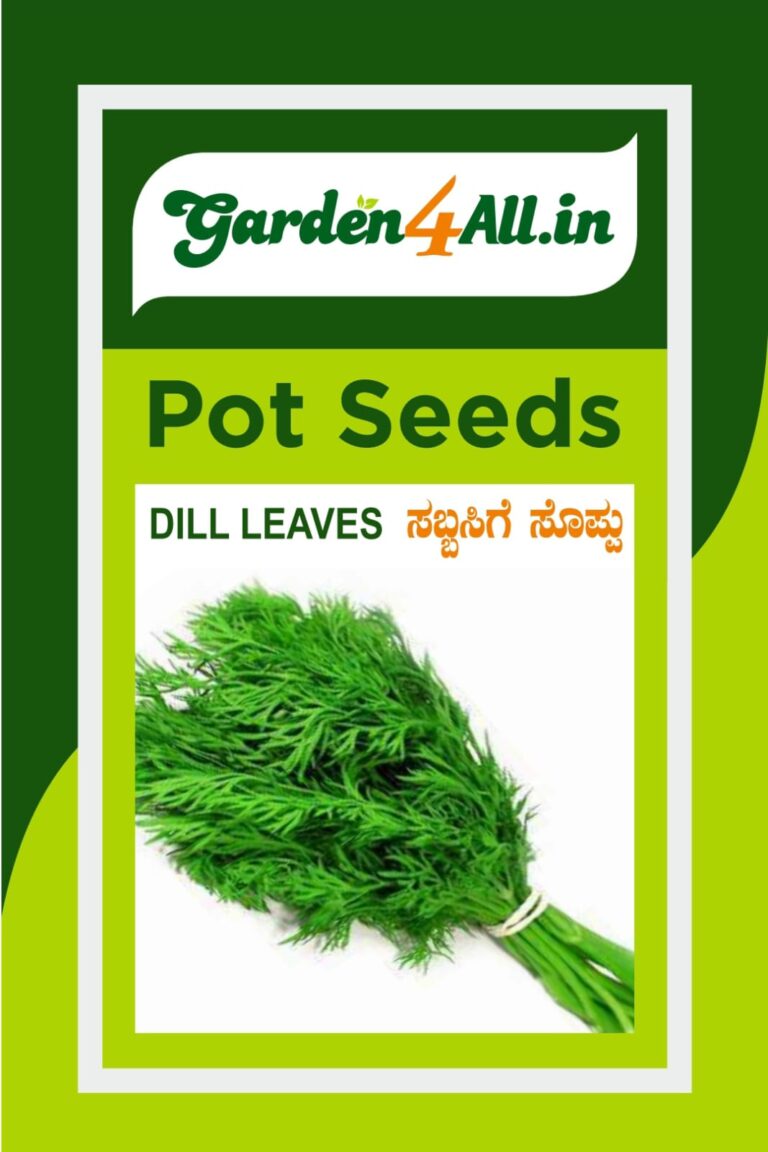
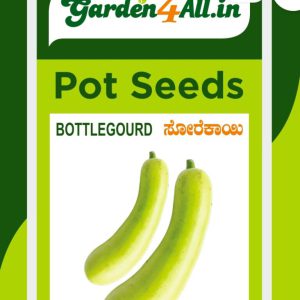
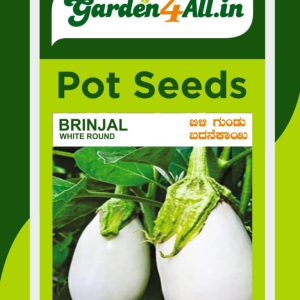
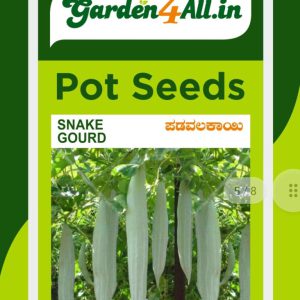
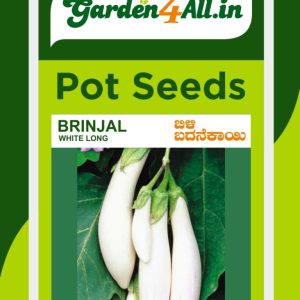
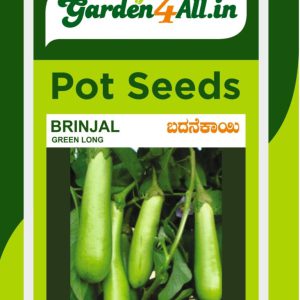
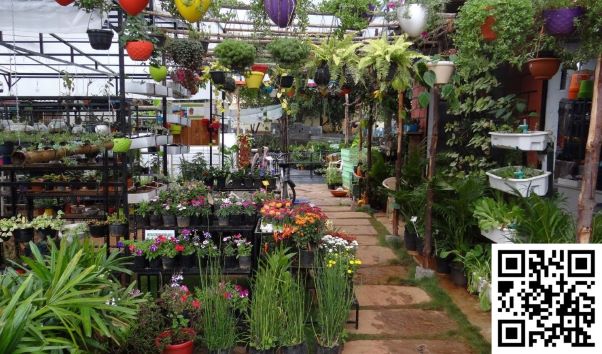
Reviews
There are no reviews yet.